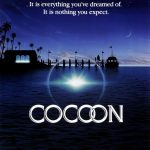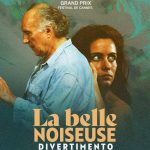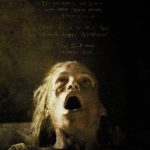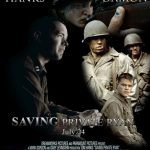A Midnight Clear (1992)
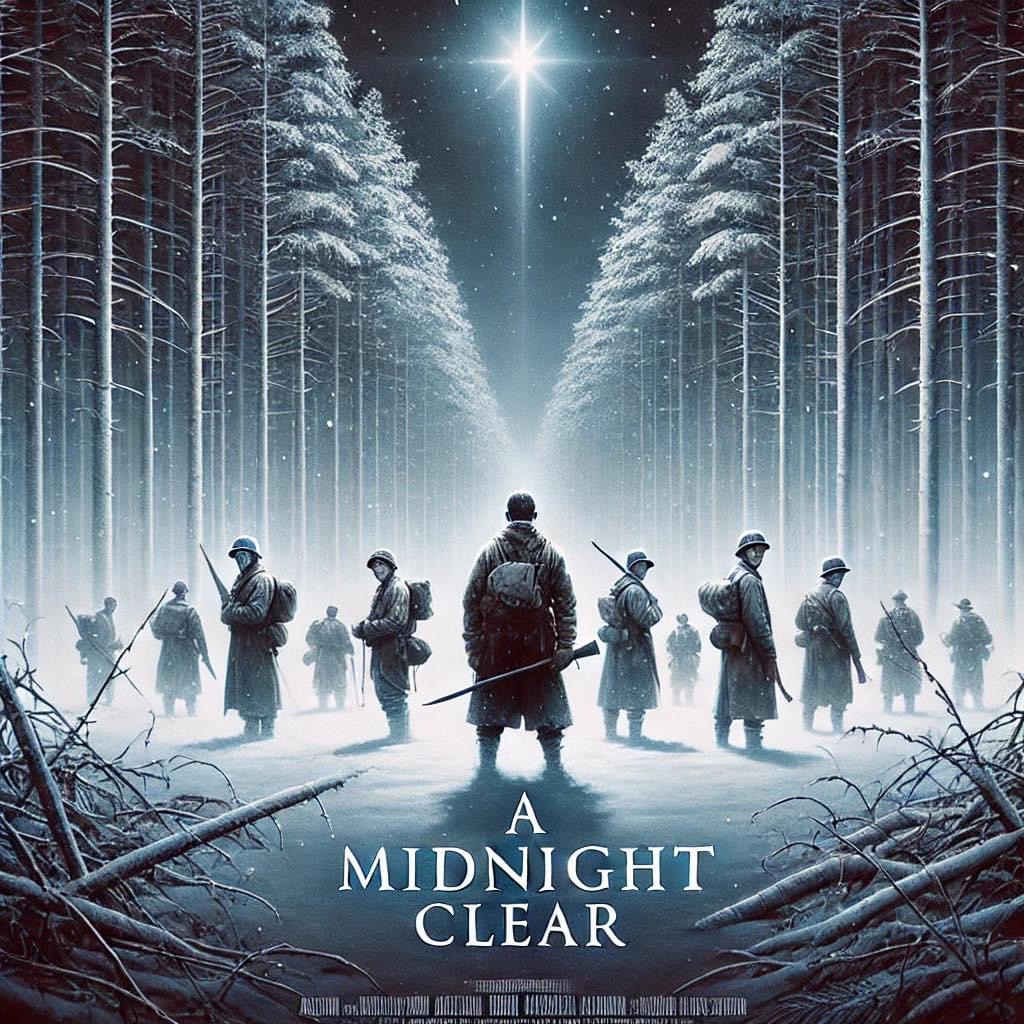
Overview:
A Midnight Clear is a haunting and introspective war film set during World War II, based on the novel by William Wharton. Unlike most war films that focus on large-scale battles and heroism, this film takes a more intimate approach, zeroing in on a small group of American soldiers stationed in the Ardennes Forest during the brutal winter of 1944. Their mission: to observe the enemy, but eventually, they come into contact with a group of weary German soldiers seeking a peaceful surrender. The movie deftly balances the psychological impact of war with the looming threat of violence, making it a poignant anti-war statement.
Suggested videos for you:
Plot:
The story centers on a group of six young, intelligent American soldiers—each bringing a unique blend of camaraderie and tension to their isolated reconnaissance mission. Their group leader, Will Knott (Ethan Hawke), narrates much of the film, offering insights into the characters’ backgrounds, thoughts, and fears. The ensemble cast, which includes Gary Sinise, Kevin Dillon, and Peter Berg, is tasked with finding a German outpost, but instead, they discover a similarly desperate and war-weary group of German soldiers.
What unfolds is a unique, almost surreal plot twist: the Germans propose a staged skirmish, allowing them to surrender without losing face, a situation that puts the Americans in a moral dilemma. As they deliberate whether to go along with this plan, tensions build, and mistrust simmers. The movie captures the fragility of their hope for peace amid the constant threat of misunderstanding and violence. This culminates in a tragic accident, reminding viewers of the inherent chaos and unpredictability of war.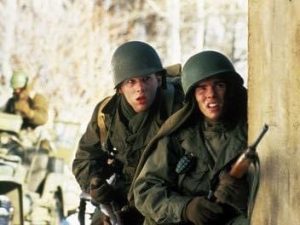
Themes:
A Midnight Clear delves deeply into the futility and absurdity of war. Instead of glorifying combat, the film focuses on the fragile humanity of soldiers on both sides. The concept of brotherhood and the mental toll war takes on individuals are prevalent throughout. Gary Sinise’s character, “Mother” Wilkins, suffers from a breakdown following the death of his newborn child back home, adding layers of emotional depth to the depiction of war’s devastating effects. The interactions between the American and German soldiers showcase how both groups, despite being enemies, share the same hopes and fears. The desire to survive and return home to normalcy transcends nationalistic propaganda, making their tragic circumstances all the more heart-wrenching.
The film also touches on the breakdown of communication and how, in times of war, even attempts at peaceful resolution can spiral into disaster due to misunderstanding, pride, or sheer randomness. The contrast between the potential for peace and the ever-present threat of violence permeates the narrative.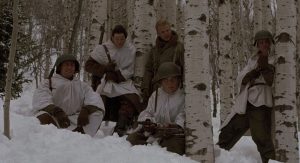
Direction & Cinematography:
Keith Gordon’s direction is meditative and restrained, allowing the characters’ internal conflicts and the frozen, bleak environment to take center stage. The snowy landscape becomes almost a character in itself, amplifying the isolation and hopelessness felt by the soldiers. Gordon captures the vastness of the wilderness with beautiful, haunting cinematography, but also the claustrophobia of war, with close-up shots emphasizing the tension within the group. The natural setting—snow-covered trees, icy air, and endless silence—parallels the coldness of the wartime situation, giving the film an almost ethereal quality.
There is minimal use of music, with long periods of silence that heighten the tension. When music is used, it’s subtle and haunting, adding to the overall melancholy tone of the film.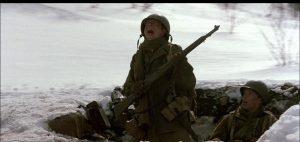
Performances:
The cast is uniformly strong, led by Ethan Hawke, whose portrayal of Will Knott is thoughtful and layered. Hawke brings a youthful vulnerability to the role, conveying the inner turmoil of a soldier forced to navigate life-or-death decisions while still grappling with his own naivety about war. Gary Sinise gives a particularly powerful performance as “Mother” Wilkins, who is emotionally devastated and on the verge of collapse. His descent into mental anguish is portrayed with heartbreaking sincerity, capturing the long-lasting emotional scars war inflicts on those who fight it.
Kevin Dillon provides a necessary counterbalance to the film’s darker moments, injecting his character’s brashness and rough humor, while Peter Berg and Frank Whaley round out the cast with quieter, more introspective performances.
Legacy and Reception:
A Midnight Clear was released to critical acclaim but failed to make a significant impact at the box office, likely due to its slower pacing and its focus on the emotional and psychological aspects of war rather than action. Critics praised its mature handling of the war genre, with Roger Ebert commending its “subtlety and restraint.” Over time, the film has gained a small but devoted following for its thought-provoking exploration of the human cost of war.
The movie stands out for its portrayal of the shared humanity of soldiers from opposing sides, a message that resonates strongly in an era where war films often focus more on spectacle than substance. It doesn’t shy away from the horrors of war, but it finds its emotional core in the characters’ yearning for peace, making the eventual breakdown into violence even more tragic.
Final Thoughts:
A Midnight Clear is a rare and affecting war film that eschews grand battle scenes for a quiet, contemplative look at the personal toll of conflict. It’s an anti-war film in the truest sense, one that emphasizes the psychological destruction war leaves in its wake. Its meditative tone, combined with strong performances and a poignant message, makes it a standout in the war film genre. For viewers seeking a thought-provoking, emotional experience rather than a conventional war action film, A Midnight Clear offers a powerful and unforgettable journey into the heart of human conflict.
